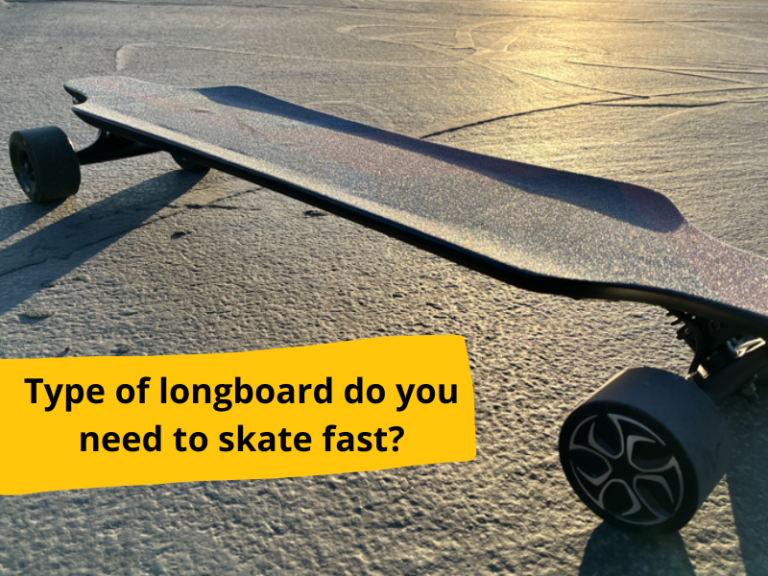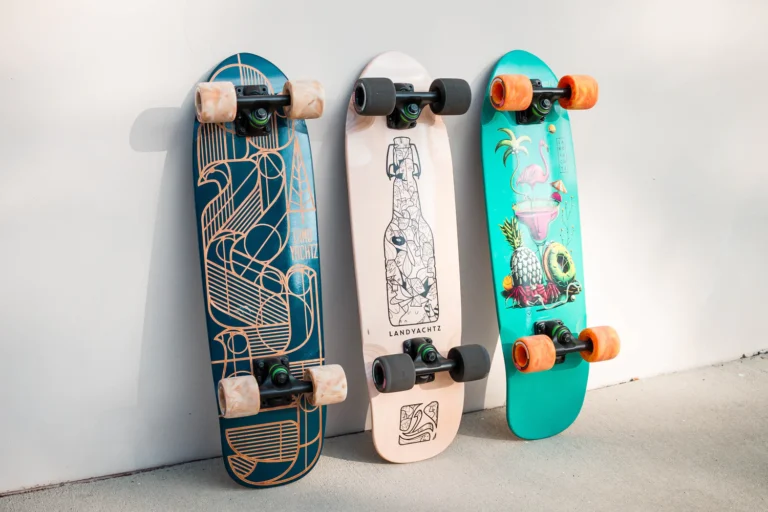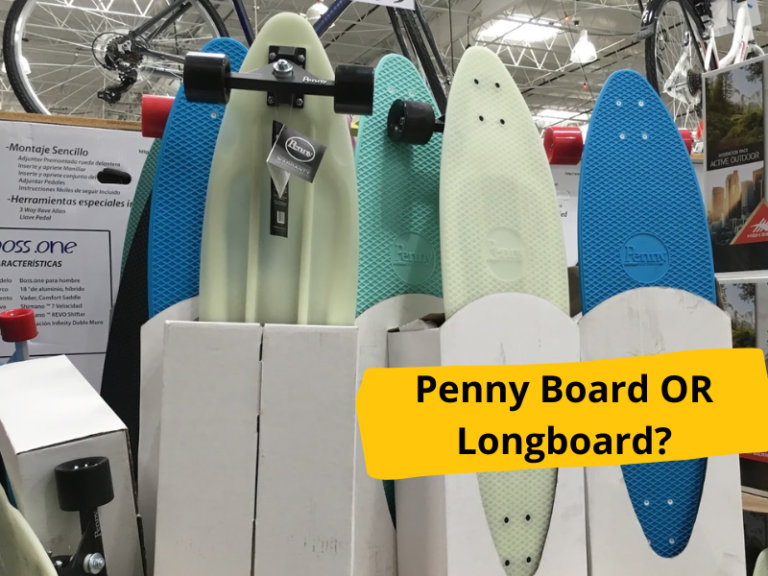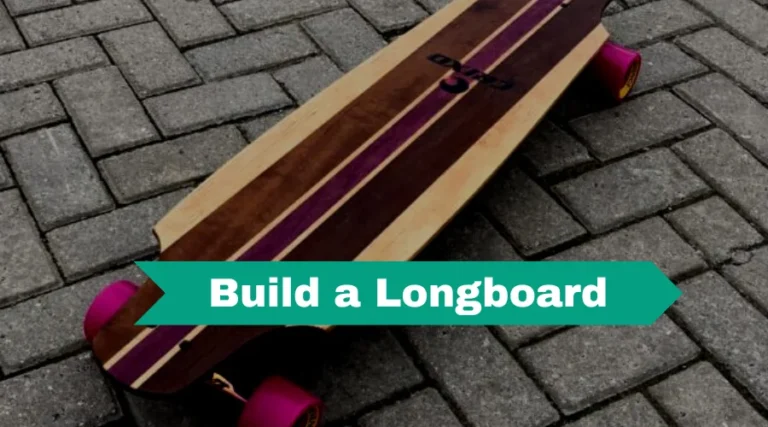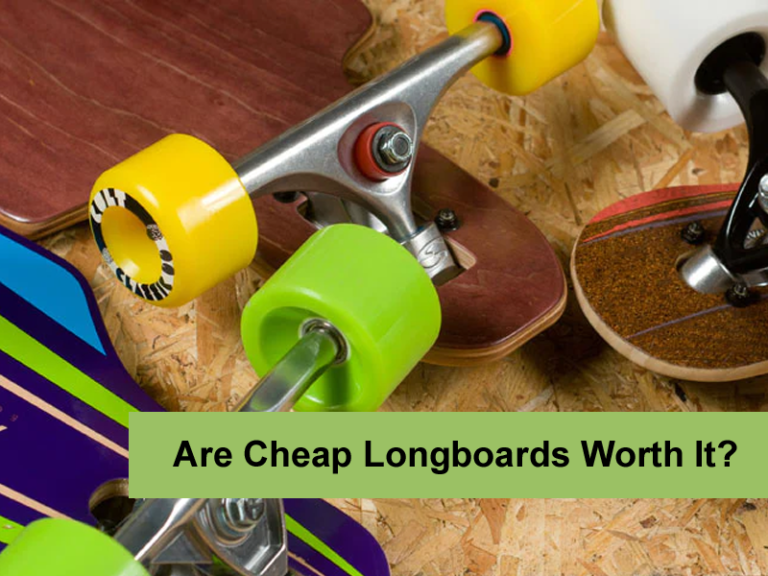10 Things that Make a Longboard Good (How to Determine)
Whether you are new to longboarding or an experienced rider, choosing the right board is crucial for enjoying a smooth and comfortable ride. With so many different styles, shapes, and designs, it can be overwhelming to choose the best longboard for your needs.
That’s why we’ve put together a list of 10 things that make a longboard good, to help you make an informed decision when purchasing your next board.
Durable Deck Material

When it comes to longboarding, one of the most important features you want to look for is durable deck material.
Maple wood, bamboo, and carbon fiber are popular materials used in the construction of longboard decks. Maple wood, in particular, is the most commonly used material due to its durability and affordability.
A high-density, 8-layer grade Canadian maple wood deck can take on a weight capacity of up to 330 lbs, making it an ideal option for heavy riders.
It is important to invest in the best deck material, as it determines how smooth your ride will be and how long your board will last.
Balanced Push and Brake Stance

A good longboard should have a balanced push and brake stance that allows for efficient and controlled movement.
The rider should be able to easily shift their weight and maintain balance while pushing or braking. To achieve this, it’s important to find the right board setup that suits your body type and riding style.
A stiff and concave deck for downhill riding is highly recommended, as it provides stability and control at high speeds. Properly placing your feet on the board and keeping a low center of gravity will also help when it comes to pushing or braking.
Overall, a well-balanced push and brake stance is crucial for any longboard rider looking to improve their skills and enjoy a comfortable ride.
Versatile Modalities

Another important factor that makes a longboard good is its versatility in terms of modalities. Whether one prefers carving, downhill, dancing, or cruising, the longboard should be able to cater to their needs. This means choosing a board that can handle different riding styles and techniques.
In addition, being able to switch up riding modalities can keep things interesting, challenging, and engaging, and a good longboard should provide this opportunity.
Versatility is key when it comes to longboards, and a good one should be able to meet the needs and preferences of all riders.
Quality Components
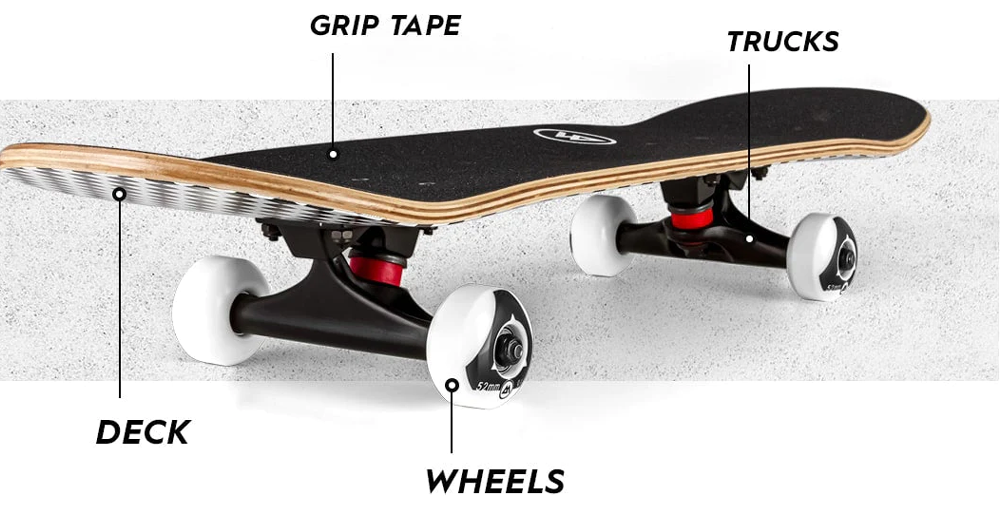
When it comes to longboards, quality components are essential for a smooth and satisfying ride.
From wheels to bearings and trucks, each component plays a crucial role in the board’s performance. Riders should choose quality components that match their riding style, whether it’s cruising, carving, freeriding, or downhill.
The right bearings can increase the speed and precision of a longboard, while the right wheels can provide better grip and slide control. Meanwhile, trucks are responsible for the board’s stability and maneuverability during turns.
Stiff and concave deck for downhill

The stiffness of the deck is achieved by using multiple layers of wood, usually Canadian hard rock maple or birch, which increases its resistance to flexing under the weight of the rider during high-speed turns.
The concave shape of the deck provides a natural foot placement for riders to better leverage their turns, while also lending the necessary grip and control for downhill riding. Carving boards may also have concave and/or camber, which allows a rider to turn the deck when needed.
The combination of stiffness and concavity makes for an ideal deck for those who are looking to push their limits in downhill riding. So for those looking to take on steep hills and hairpin turns, a stiff and concave deck is a must-have feature in any good longboard setup.
Longboard Length for Beginners
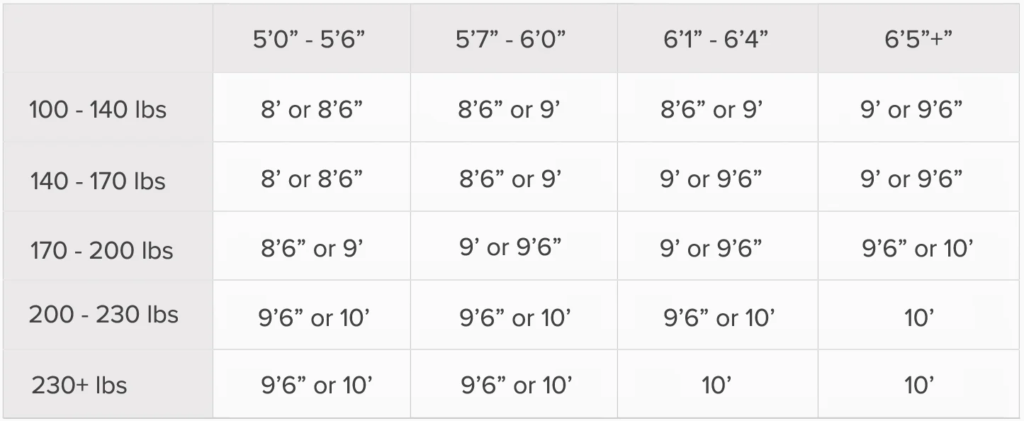
One of the most important considerations when buying a longboard is the board length, especially for beginners. The best length for a beginner longboarder is typically between 30 and 40 inches.
This size allows for easy maneuverability and stability, which are important factors when learning to ride. Longer boards can be more challenging to control for beginners, so it’s best to start with a shorter board until you feel comfortable.
A good tip is to test out a few different board lengths before making a final decision, to find the right fit for your body size and riding style.
Remember, the goal is to find a longboard that is comfortable and easy to ride, so it’s important to get the length right!
Optional Supplies
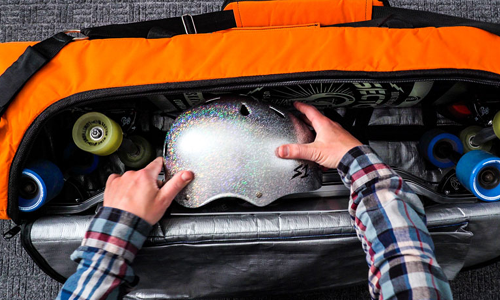
While wearing protective gear is a must, there are some additional items that can enhance your longboarding experience. A backpack is a great option for carrying your gear and extra supplies.
This can include a water bottle, snacks, a small first aid kit, and even an extra set of wheels or bearings. Another optional supply to consider is a set of slide gloves, which give you better control when turning and can help with braking. Finally, a skate tool can come in handy for making quick adjustments to your board on the go.
While these items may not be essential, they can make a big difference in your longboarding journey. By investing in quality supplies, you can ensure a safer and smoother ride every time.
Solid Construction

Solid construction is one of the hallmarks of a good longboard, as it ensures the board stays together and supports the rider’s weight without giving in.
Whether you’re a beginner or an experienced rider, having a longboard with solid construction will give you the reliability and safety you need to enjoy your sport to the fullest.
Make sure to invest in a high-quality board with a focus on construction, and you’ll have a reliable ride for years to come.

I am a longboarding enthusiast and a blogger. On this blog, I share tips, tricks, and advice based on my experience. I am dedicated to helping newbies improve their skills and enjoy this fun activity to the fullest.
Disclosure:This post may contain affiliate links. If you click on a link and make a purchase, we may earn a commission at no additional cost to you. Learn more.


